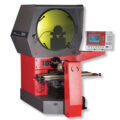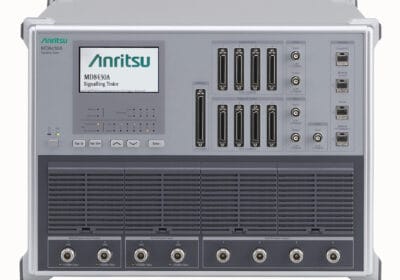Vibratory finishing is an efficient and cost-effective process that is ideal for mass volume finishing with little operator input time. This technique is often used to finish products made of metal, plastic, or ceramic and is a crucial step in the manufacturing process that improves the appearance, surface texture, and performance of products.
One of the most significant advantages of vibratory finishing is its ability to handle large volumes of parts at once, saving time and reducing labor costs. The process involves placing parts in a vibratory tumbler along with media and compounds that act as abrasives. As the tumbler vibrates, the media rubs against the parts, smoothing out any rough edges, removing burrs, and creating a more uniform surface. This means that a large number of parts can be finished at the same time, which helps reduce the turnaround times for orders, increases production efficiency, and saves costs.
Another benefit of the vibratory finishing process is that it requires little operator input time. Once the parts are loaded into the tumbler and the appropriate media and compounds added, the operator can leave the machine to run, freeing up time to complete other tasks. This reduces the need for personnel to supervise the finishing process, which saves costs and adds to the bottom line.
In addition to the time and cost savings, vibratory finishing is also known for its high precision. The process ensures that parts are finished uniformly, regardless of shape or size. This precision helps in achieving high levels of quality control, especially when used in industries that require high-quality finishes for their products, such as aerospace or medical device manufacturing.
In conclusion, vibratory finishing is an excellent choice for mass volume finishing of parts that require high-quality finishes, uniformity, and minimal operator input time. The process saves costs, increases efficiency, and ensures high-precision finishes that meet or exceed customer expectations. Companies that use vibratory finishing can, therefore, maintain a competitive edge by producing superior products at lower costs.








